*The following is part of a series of blog posts researched and written by Dr. Mark Thistlethwaite, Kay and Velma Kimbell Chair of Art History TCU School of Art, and guest curator of SRM’s special exhibit Another Frontier: Frederic Remington’s East.
The inclusion of paintings by Childe Hassam, Willard Metcalf, and Anna Richards Brewster in Another Frontier: Frederic Remington’s East signals an intriguing but understudied aspect of Remington’s life: his personal art collection. While not a large collection, little is known how and when he acquired the art objects usually on view in the Frederic Remington Art Museum in Ogdensburg, New York. Some are known to be purchases (the Brewster composition, for instance), while others likely were gifts from or exchanges with other artists; Francis Davis Millet’s The Cossacks is inscribed “To Frederic Remington.”
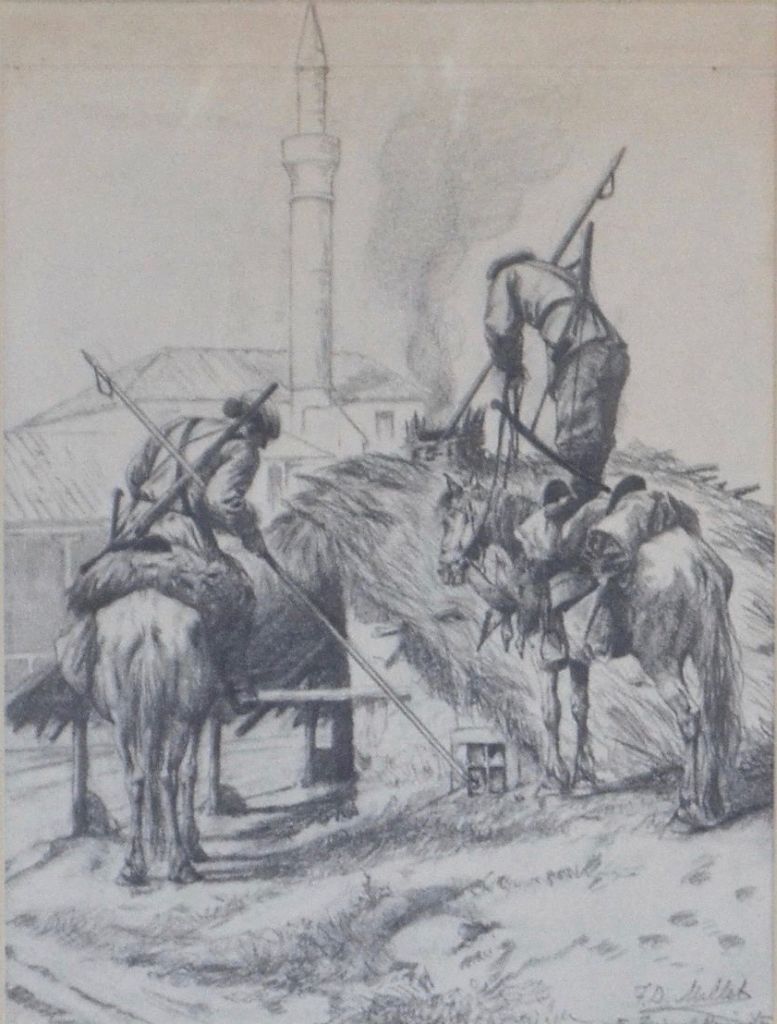
Francis Davis Millet, The Cossacks, 1877, pencil
Millet (1846-1912), a well-established painter, illustrator, and muralist, produced this pencil drawing in 1877 of Cossacks raiding a Turkish Village during the Russo-Turkish War. Ten years later it illustrated Millet’s article “Campaigning with the Cossacks I: A Summer Campaign” in Harper’s Monthly Magazine. Perhaps Remington acquired Millet’s drawing between 1892 and 1894. In 1892, Remington and his friend Poultney Bigelow traveled to Russia where the artist made sketches of Cossacks, which appeared in the November 1894 issue of Harper’s as eleven illustrations accompanying Bigelow’s essay “The Cossack as Cowboy, Soldier, and Citizen.”
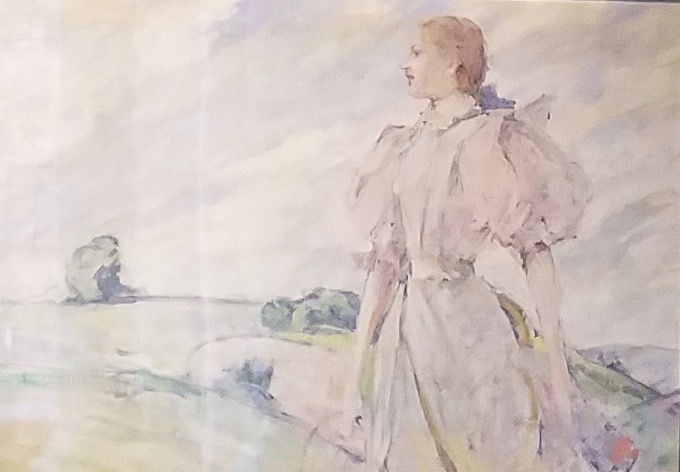
Robert Reid, A Breezy Day, 1898
Another artwork in Frederic Remington’s collection that may have been acquired by exchange or as a gift is A Breezy Day by Robert Reid (1862-1929), a well-regarded artist of the day and friend of Remington. Like Millet, Reid painted murals, but was also known as a “decorative impressionist.” Remington’s painting is undated, but probably was executed around 1898, because in that year a Reid painting titled Breezy Day appeared in an exhibition of The Ten. This group consisted of American artists who displayed modernist tendencies in their works. Besides Reid, Remington’s other friends Hassam and Metcalf were members of The Ten. In a review of the 1898 show, a critic wrote of Reid’s composition:
The “Breezy Day”—an enthusiastic sketch of a young woman posed against a sky of blue with hurrying clouds—appears hasty, though fine in spirit. But the hills and trees in the background are so dwarfed in proportion to the figure that it becomes at once that of a (charming) giantess . . . The air and sun are there, however, and we must thank both Mr. Reid and the wind-swept young woman.[1]
This description also aptly characterizes the painting in Remington’s collection. His more expansive version, which is thinly painted with a low range of color, suggests a full-size compositional study for the 1898 painting or another, unfinished work.
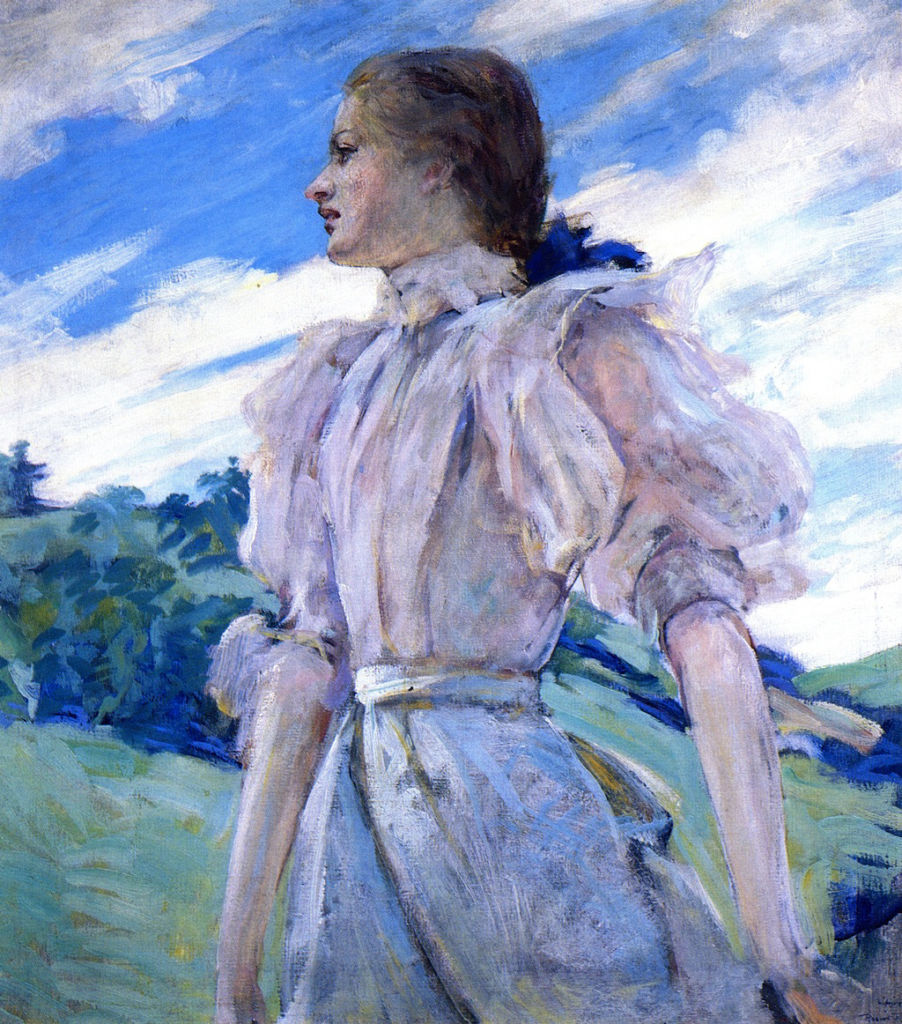
Robert Reid, Breezy Day, 1898
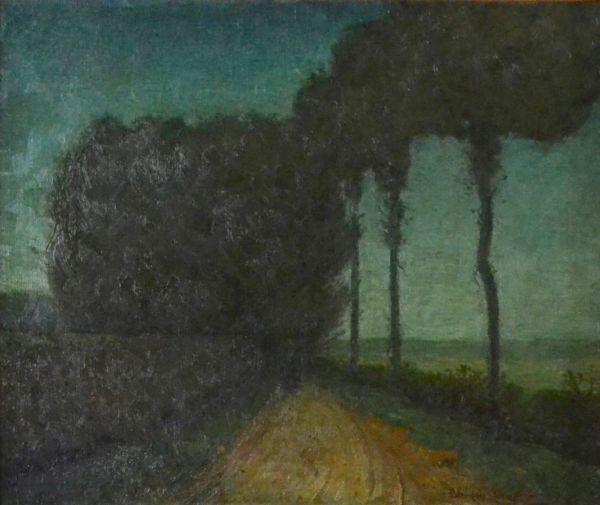
Blendon Campbell, Evening (Holland), n.d.
Paintings by Reid and Remington, along with works by two artists—Blendon Campbell and Julian Rix—also represented in Remington’s collection hung in a 1906 New York fundraising exhibition for California artists in the aftermath of the San Francisco earthquake. Campbell (1872-1969), a portraitist, landscapist, and illustrator, contributed to the exhibition a tonalist painting titled Evening—Holland, which reveals the influence of James Abbott McNeill Whistler, with whom Campbell studied in Paris. Ironically, Remington who disdained Whistler’s art apparently purchased this painting from the exhibition and later hung prominently it over one of the fireplaces in his Ridgefield, Connecticut home.
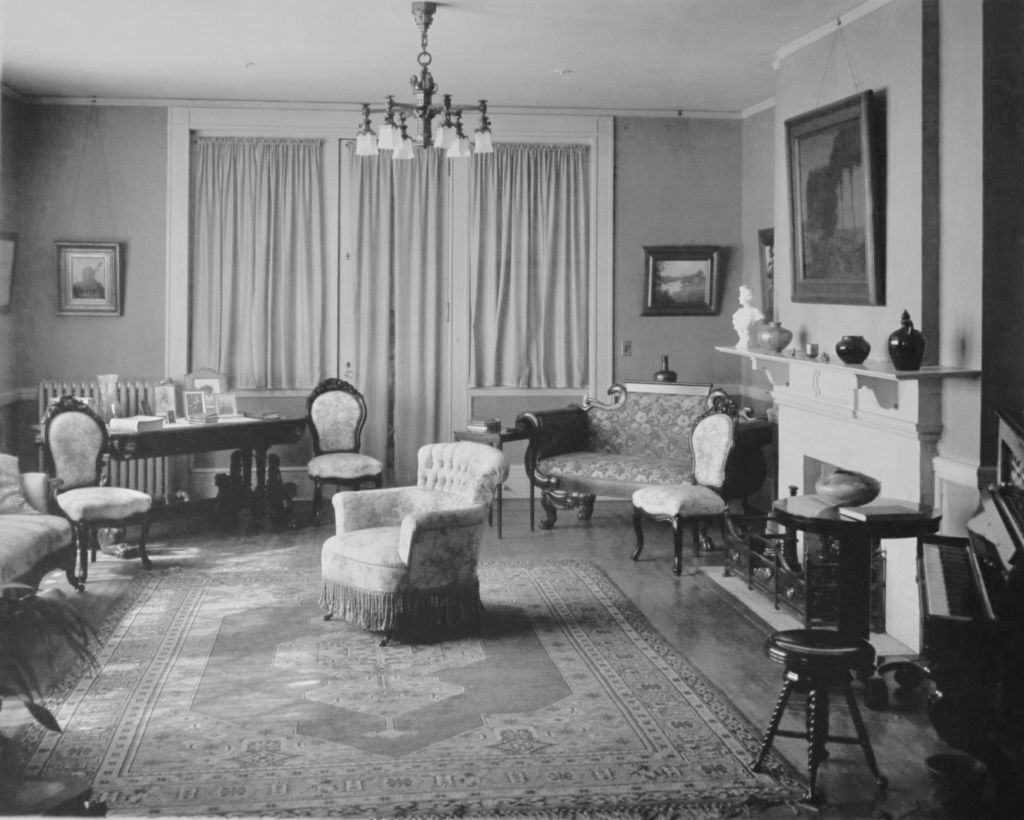
Blendon Campbell painting over mantle in the parlor of Remington’s home in Ridgefield, CT
Julian Rix (1850-1903) gained recognition for his landscape paintings of California and New York. He also was an illustrator (see the earlier “Tragedy of the Trees” blog). His painting Adirondacks in Remington’s collection is a fine example of Rix’s artistic ability. While Rix (like Campbell) is not well unknown today, in his lifetime he garnered such praise as:
He goes directly at the heart of his subject, and extracts from a collection of general natural facts the best elements that compose gracefully on canvas. One cannot remember how broadly or thinly any of Mr. Rix’s pictures were painted, but they cannot forget the deep enchantment they exercised over the senses.[2]
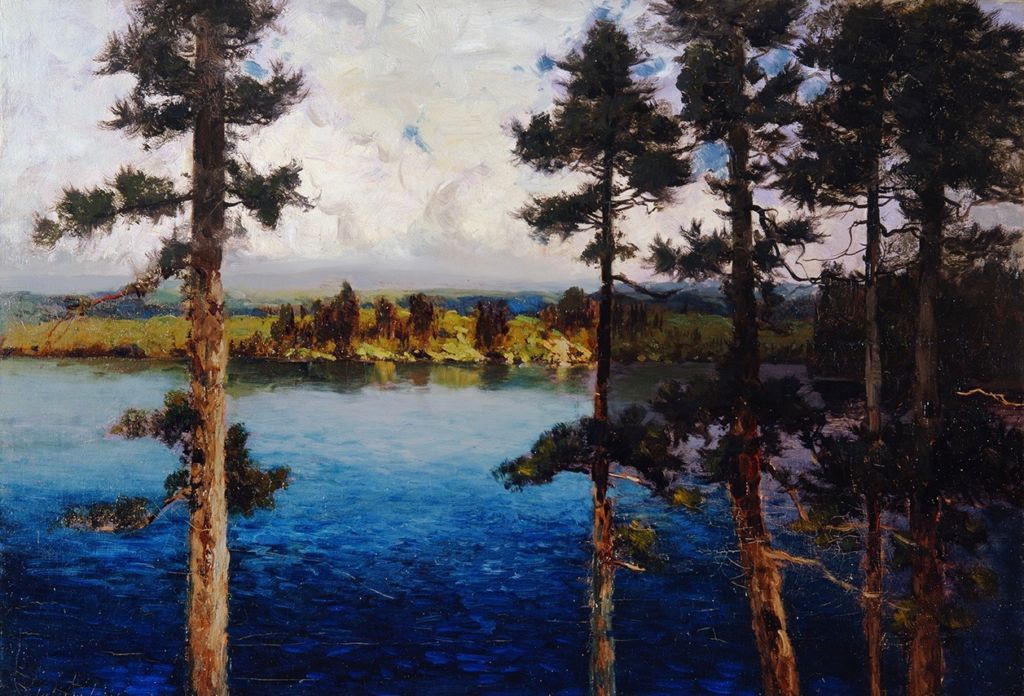
Julian Rix, Adirondacks, n.d.
The dozen works from Remington’s art collection displayed in the Frederic Remington Art Museum includes paintings, drawings, and sculpture. Only two of the objects represent a Western subject. The surprising variety of artworks reinforces one of the aims of Another Frontier: Frederic Remington’s East—to consider anew this icon of Western imagery.
[1] Orson Lowell, “Three Important New York Exhibitions,” Brush and Pencil 2, no. 2. (May 1898): 91.
[2] Alexander Black, “An American Landscapist,” in F. Hopkinson Smith et al., Discussions on American Artists (New York, Chicago, San Francisco: American Art League, 1900); 72. Remington’s art collection includes a work by Francis Hopkinson Smith.



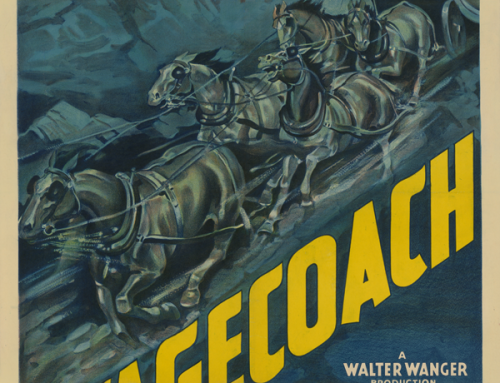
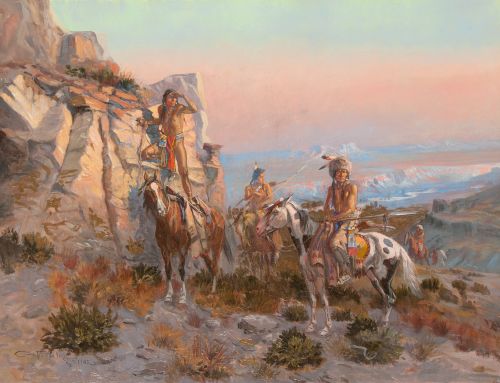
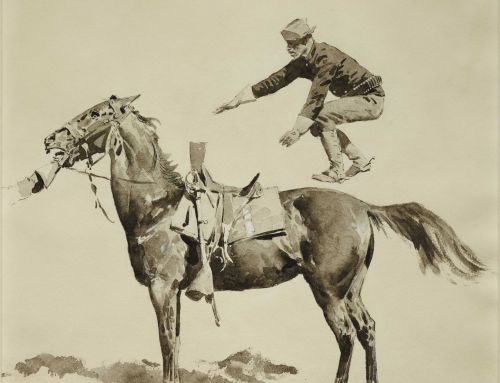
My mother did her ancestry tree many years ago. Since then is now deceased.
I recently went through all her research and discovered Charles Russel, painter was a relative. Noted the Arch museum held works of his paintings.
I have old printed articles from a newspaper describing his works and tie with the museum. If anyone has interest obtaining these articles, pieces of history, please contact me. Thank you.
How interesting! Thank you for sharing, Sherri!